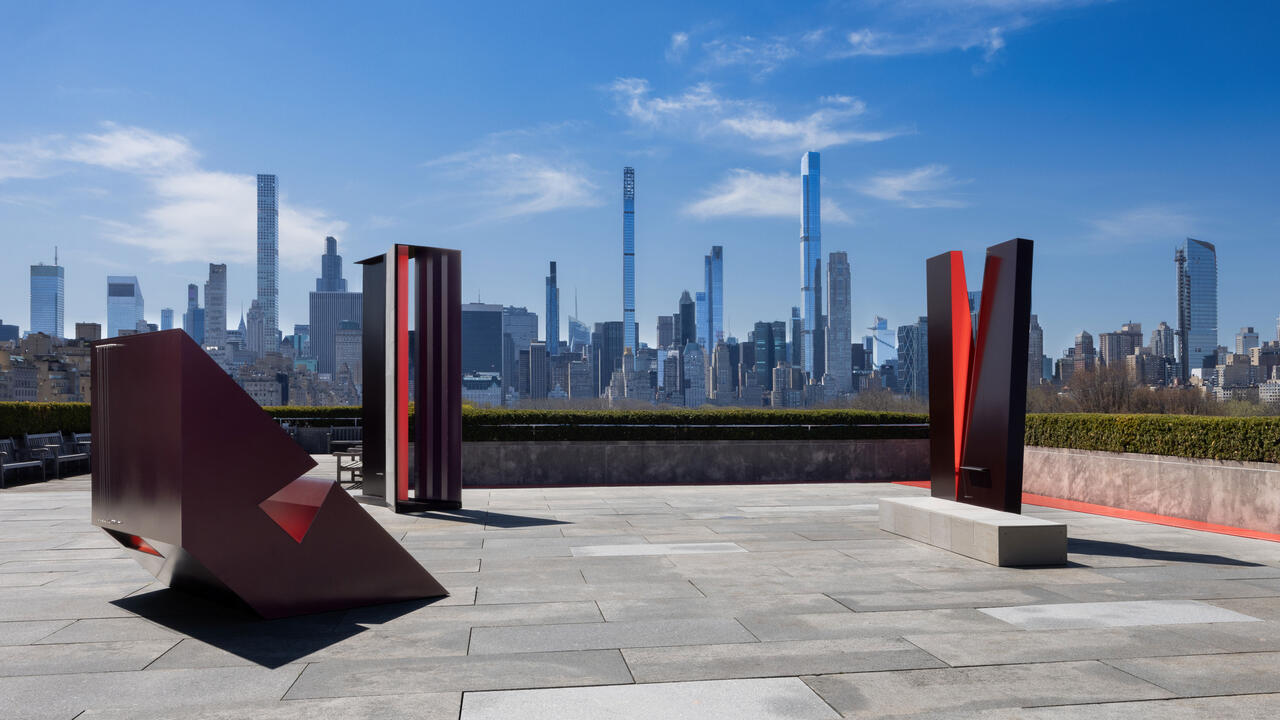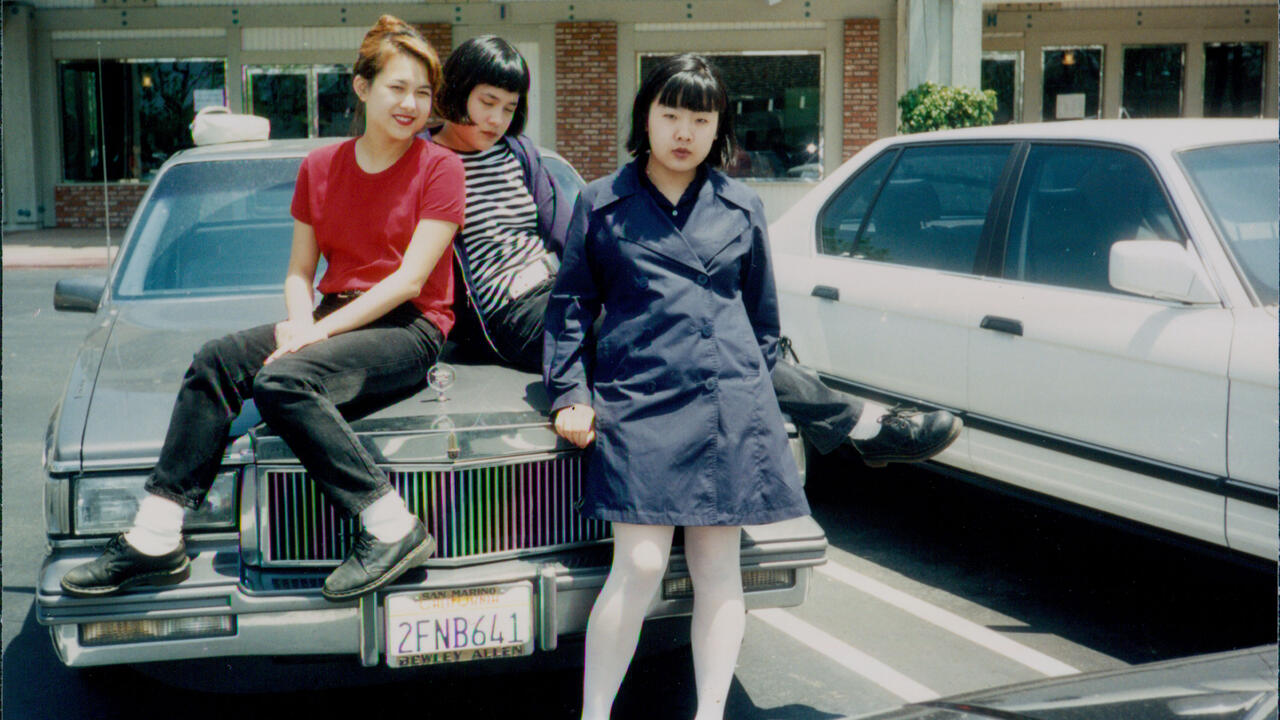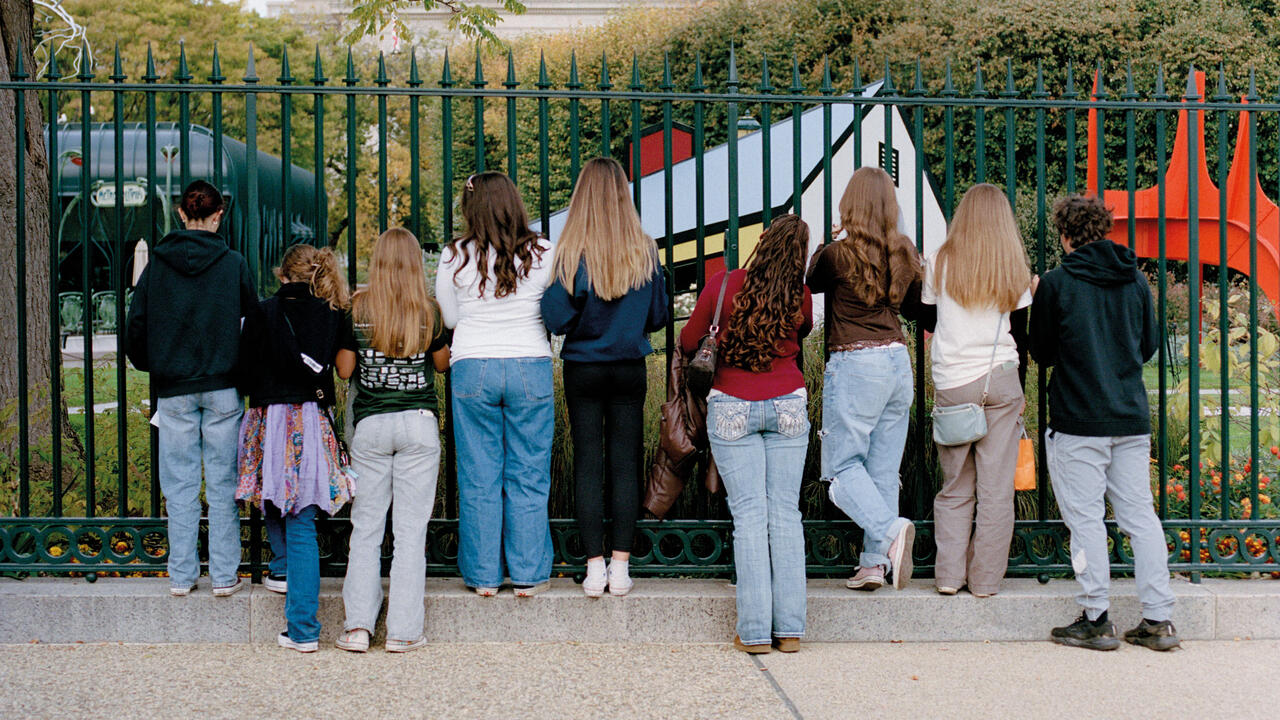Why Does Today's Pop Music Sound Like It's Attended Mindfulness Seminars?
Paul Rekret surveys ‘chill wave’, the mellow pop, sepia-toned indie and tropical dance tropes in new music releases
Paul Rekret surveys ‘chill wave’, the mellow pop, sepia-toned indie and tropical dance tropes in new music releases

Everybody just needs to chill. Or so it would seem, at least where music is concerned. A breezy, mellowed edge in pop has been discernible in recent records by Lana Del Rey, Drake, Rihanna, Britney Spears, Justin Timberlake and The Weeknd. The subdued mood is equally apparent in last year’s reunion of ambient house pioneers The KLF, the resurgence of sepia-toned indie acts Toro y Moi and Washed Out, and the current fashion for Balearic-infused tropical tropes in dance music.
This all amounts to a displacement of what critic Simon Reynolds once described as ‘digital maximalism’ – a spasmodic intensity that dominated electronic dance and pop music from around 2010 – by a more toned-down sound. And this isn’t only apparent from looking to sub-genre trends. Music streaming platform Spotify is littered with curated playlists titled ‘Take It Slow’, ‘Detox’ or ‘Mellow Beats’: equal-opportunity zones in which rappers or indie bands may appear alongside synth maestros provided they fulfil their single indispensable function. In other words, mood is increasingly supplanting genre as a way of organizing music. And ‘Chill’ is an omnipresent descriptor; the Spotify user is invited to ‘Just Chill’, ‘Chillax’ or have an ‘Evening Chill’.

This shift in taste from frenetic impulses to muted understatement is even present where haughtier pretences are concerned – attested to by renewed interest in acclaimed 1980s Japanese ambient records by Satoshi Ashikawa, Midori Takada and Hiroshi Yoshimura, among others re-issued in recent years, which foreground sonic texture over musical narrative. It’s likewise detectable in the rediscovery of late 1970s and ’80s artists such as Beverly Glenn-Copeland, Gigi Masin and Suso Sáiz, whose work spanned the regions of atmospheric subtlety currently celebrated by tastemakers. So, too, recent compilations exploring decades of New Age combinations of minimalism and primitivism, a formula that’s reiterated in new offerings of synth experimentation from acts such as Rainforest Spiritual Enslavement, Ryuichi Sakamoto and Visible Cloaks.
If music can ultimately be defined as an intensified experience of time, then what seems to appeal today is sound that neither takes us too high nor brings us too low. Anything abrasive or cutting – jagged guitar or aggressive saxophone, for instance – is either carefully modulated or evacuated altogether; listening becomes smoother, more fluid. Or, to borrow a visual metaphor: where hierarchies among sounds or instruments are undone, we’re presented with the same sense of harmony that a distant gaze affords a landscape.
So, why does today’s pop music sound like it’s been attending mindfulness seminars? You could invoke one periodizing explanation after another: rising youth unemployment, endemic Xanax consumption or an exhausted neoliberal ethos of hurried entrepreneurialism all fit well enough. These ascribe music a mainly functional role. ‘Chill’, the claim goes, soothes and amplifies an emotional vacancy that serves as a coping mechanism for the traumas associated with economic and social crises.
As a trope, ‘chillness’ first emerged as an aesthetic sensibility adopted by black American men striking a pose of detachment in the postwar era. This was, scholars have long argued, a means of maintaining composure and self-control in the face of a society that sought to ravage them. Long appropriated by white hipsters seeking a posture of rebellion, it was later adopted to define a temporary state of respite from the intensity of raves in the late 1980s and early ’90s. By most accounts, the VIP room at DJ Paul Oakenfold’s legendary Land of Oz parties at London nightclub Heaven in the late 1980s – members of The KLF, The Orb and Mixmaster Morris were all residents at one time – was the first proper ‘chillout’ room. The music they played – an erratic mix of dub, minimalism, field recordings and early electronic music – formed the template for ambient house and chillout music throughout the 1990s. Debate still continues over whether chillout rooms amounted to pretentious cerebral restraints on rave’s more proletarian excesses or spaces of meditative experimentalism.

Regardless, where once it was restricted to the margins of nightclubs or Sunday afternoons, ‘music that aspires to the condition of perfume’ (to borrow a formulation from David Toop’s 1995 book on the subject, Ocean of Sound) has become generalized. Distinguishing ‘background music’ as a category no longer makes sense when music has become ubiquitous. In fact, easy availability on streaming platforms is frequently cited in reference to the current prevalence of ‘chill’. For instance, philosopher Robin James has compared Spotify’s boundless stream of sound to the wavering attention tolerated by atmospheric or ambient tropes in pop music: recent chill pop both evokes the feeling of washing over the listener and quite literally does so when it plays continuously. More caustically, journalist Liz Pelly has dismissed this effect as the platform’s ‘emotional wallpaper’.
Of course, music has long played the role of what musicologist Tia DeNora calls ‘emotional self-regulation’. Different sonic grammars accentuate particular activities, whether workouts or cocktail parties. If anything’s changed with streaming, it’s that music now potentially accompanies every moment of every activity without requiring any intervention from the listener. That is: the functionality of Spotify playlists involves supplying an algorithmically organized database of music. This implies it’s not even necessary to select the music. Nor does it matter if one is truly listening.
Spotify introduced its ‘Browse’ function in 2013. This was a year marked by a broader predominance of the use of playlists generally on streaming platforms: a contemporary chill ground zero. It occasioned the release of I Am the Center, still the definitive compilation of New Age music, and marked the re-issue of Vangelis’s Blade Runner (1982) and Patrick Cowley’s porn soundtracks, both 1980s milestones for broody, unassuming synth scores. Landmark albums setting the current standard for non-linear sound and distracted listening from The Haxan Cloak (Excavation), Tim Hecker (Virgins), Oneohtrix Point Never (R Plus Seven) and Stellar Om Source (Joy One Mile) were also all released in 2013.
Even more widely, 2013 was cited by theorist Seth Kim-Cohen in his polemical missive Against Ambience (Bloomsbury, 2013) as marking the rise of the contemporary predominance of ‘immersive’ – and, in his view, asinine – sound and light art exhibitions. Broader still, it can be considered the high point for theories of speculative realism and new materialism. These prioritize the theorist’s affective mood against what is taken to be the detached coldness of critical analysis. As it turns out, even philosophy was getting into chill mode.
To observe how music’s latest turn to chill is inextricably linked to its online presence is to complicate diagnoses detecting a desire for escape. This isn’t merely because streamed background music is as likely to accompany work as it is leisure, but because the very act of listening on such platforms has become a form of working. As scholars of digital capitalism have long argued, the main commodity sold by Spotify and its ilk is the data produced by listeners. Music – particularly in the form of playlists – amounts to a convenient vehicle for defining and micro-targeting audiences with ads or pressing them into subscription services.
Accordingly, to be ‘able to accommodate many levels of listening attention’, as Brian Eno put it in the liner notes to his album Music for Airports (1978), perfectly suits an era in which music content providers act primarily as data brokerage houses. The unmooring of contemporary popular music from figure or history, the displacement of narrative by texture and the emotional blankness all this entails merely enables the continued production of user data with minimal friction. Which is to say: the music plays whether we’re paying attention or not. The turn to chill isn’t merely about escape or respite. Instead, it reflects the broad features taken by music in an era in which consumption and production can become interminable and indistinguishable. Chilling out, as it happens, is really hard work.
This article appears in the print edition of frieze, May 2018, issue 195, with the title Chill Wave.
Main image: Midori Takada, Through the Looking Glass, 2017 re-release of 1983 original. Courtesy: Palto Flats and WRWTFWW; artwork: Yoko Ochida





















